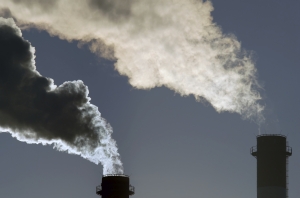While Australia’s climate policy malaise continues, international climate activity continues to build, with the EU last week unveiling its “Fit for 55” plan to reduce greenhouse gas emissions by at least 55% below 1990 levels by 2030, including the long awaited Carbon Border Adjustment Mechanism (CBAM).
The CBAM proposal will require certain importers to pay for emissions embedded in their products from 2023 (with a three-year transition period concluding in 2026). Japan and Canada are working on similar mechanisms, while US Democrats last week announced a “polluter import fee” as part of the federal budget package, that could pass without Republican votes. To round out the week, last Friday, trading began in the Chinese Emissions Trading Scheme (ETS), closing at 51 yuan (A$11) per tonne.
With less than a year until the Australian federal election, international developments are set to continue to shape the local policy and market landscape. In particular COP 26, which will take place in Glasgow in November, is likely to see pressure build for Australia to fall into line with global net-zero emissions ambition, and will seek to define Article 6 of the Paris Agreement, creating a ‘rulebook’ for voluntary international cooperation on climate action, including the use of carbon markets.
This will be a key watch for Australian companies, with the future use of international Certified Emissions Reductions (CERs) – which currently make up over 95% of all voluntary cancellations in the Australian market – in doubt, as international policymakers seek to improve the integrity of the global offset market. Importantly, Article 6 will seek to define the link between voluntary units and Nationally Determined Contributions (NDCs), ensuring that voluntary activity undertaken by Australian companies triggers additional abatement, and contributes to Australia’s target under the Paris Agreement.
In this Market Update, we review recent international developments including the EU’s CBAM framework, the proposed US polluter import fee, the new Chinese ETS, and take a closer look at upcoming discussions on Article 6 at COP26, including implications for Australian voluntary and compliance market dynamics.














